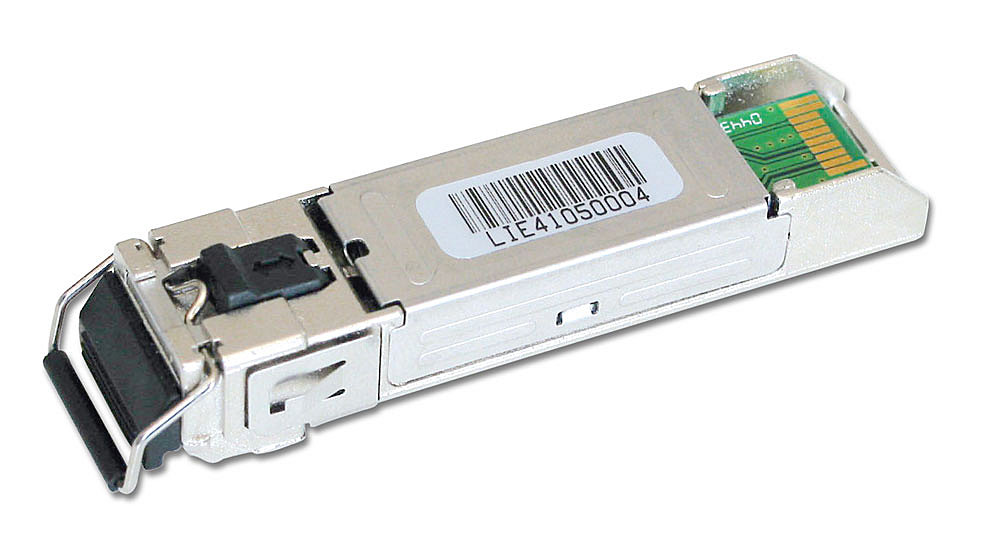In an increasingly digital world where the Internet of Things and interconnectivity reign supreme, the humble port lock is often overshadowed by more glamorous cybersecurity solutions. Yet, there can be no shadow of a doubt that these unassuming devices are not only crucial but can be, as the title suggests, a profoundly valuable – yet inexpensive – investment in fortifying an organization’s security posture.
Proliferation of Cyber Threats
The proliferation of cyber threats has reached an unprecedented level. From the infamous ransomware attacks that cripple businesses to insidious data exfiltration schemes that erode competitive edges, the digital realm no longer distinguishes between large enterprises and small businesses. How then, can we protect our digital troves from such omnidirectional threats? The compounding issue is not only the growing number and sophistication of threats, but also the increasing attack vectors.
By its nature, cybersecurity is a multi-pronged challenge. We secure ourselves not just from direct hacking attempts but also from the numerous vectors that can lead to a breach. Every unmonitored entry point is a vulnerability waiting to be exploited. Here lies the tale of the overlooked efficacy of port locks.
The Commonplace USB Port: A Steppingstone for Intruders
The USB port, ubiquitous in our digital landscape, serves not only as a convenience but also as a conduit for malicious intent. While the image of a hooded individual inserting a USB drive labeled “Top Secret” might harken to a Hollywood scene, the dangers are far more subtle and, thus, insidious. Cyber threats often gain access to systems and networks through this seemingly innocuous port, which belies its potential for catastrophic malfunction.
The vulnerability of an unprotected USB or network port could manifest in several ways:
- Unauthorized data transfer
- Introduction of malware, such as viruses or worms
- Compromise of internal networks
- Extraction of sensitive information
The implications of these risks cannot be overstated. From financial losses to tarnished reputations, the stakes are high, demanding a granular, multi-layered approach to security.
The Mighty Port Locks
Enter the port lock – a simple mechanism that curtails access to USB ports and network ports, thus mitigating a slew of potential risks. Often misconstrued as a hardware control mechanism of the past, it is anything but obsolete. In reality, it forms one of the foundational pillars of a robust cybersecurity strategy.
One of the most compelling arguments for the adoption of port locks is their cost-effectiveness. While the cost of a high-end firewall or a cutting-edge endpoint detection-and-response system might be formidable, port locks are a comparative bargain. A basic port lock can be acquired for $2, yet its role in fortifying security is monumental.
A Holistic Approach to Cybersecurity
Effective cybersecurity is not solely a matter of investing in the most advanced software and hardware solutions. It is a mindset, encompassing an organizational culture that is proactive and continuously vigilant. Port locks are an embodiment of such a culture – a tangible expression of the belief that every action, no matter how small, contributes to the collective security of the organization.
Cybersecurity cannot be viewed in isolation from human behavior. Despite the automation and complexity of modern security measures, the human element remains the linchpin of security. Port locks, in their deployment, also serve to discourage the kind of casual and potentially risky behavior that might lead to port-related security incidents.
The Psychology of Deterrence
The placement of a port lock represents both a physical and symbolic barrier. It conveys the message that security is a core value of the organization, thereby influencing the behavior of its members. The psychology of deterrence is a powerful force not to be underestimated in the realm of security.
Informed Decisions
Awareness and informed decision-making are critical in the face of cyber threats. Organizations that choose to overlook the significance of port locks do so at their own peril. In contrast, those that recognize and utilize these unassuming guardians demonstrate an astute understanding of the multi-faceted nature of cybersecurity.
Port locks, often relegated to insignificance in the grand scheme of cybersecurity discussions, offer a potent layer of injury. The argument here is not to promote port locks as a panacea for cyber threats but to highlight their efficacy as part of a wider cybersecurity strategy.
They are a vital component in the complex puzzle of defending against cyber threats, and their value, both practically and symbolically, is immense. It is through recognizing the collective strength of these seemingly insignificant tools – and through their broad adoption – that we can take a significant step forward in safeguarding our digital foothold in an increasingly hostile cyber landscape.





